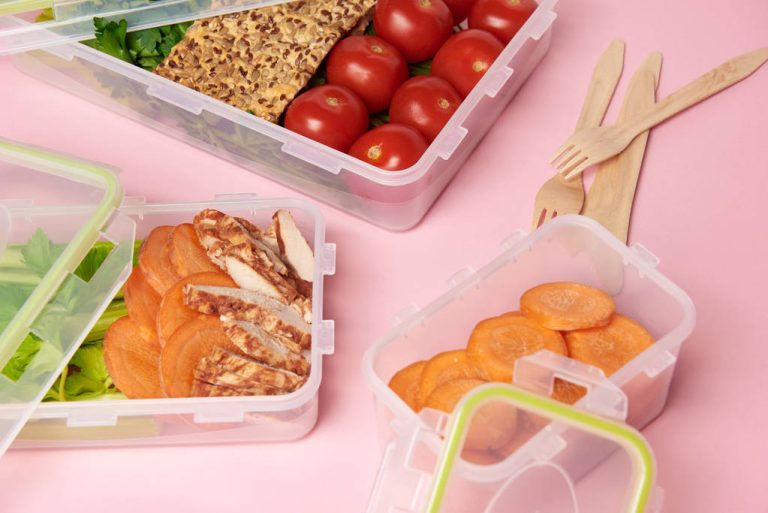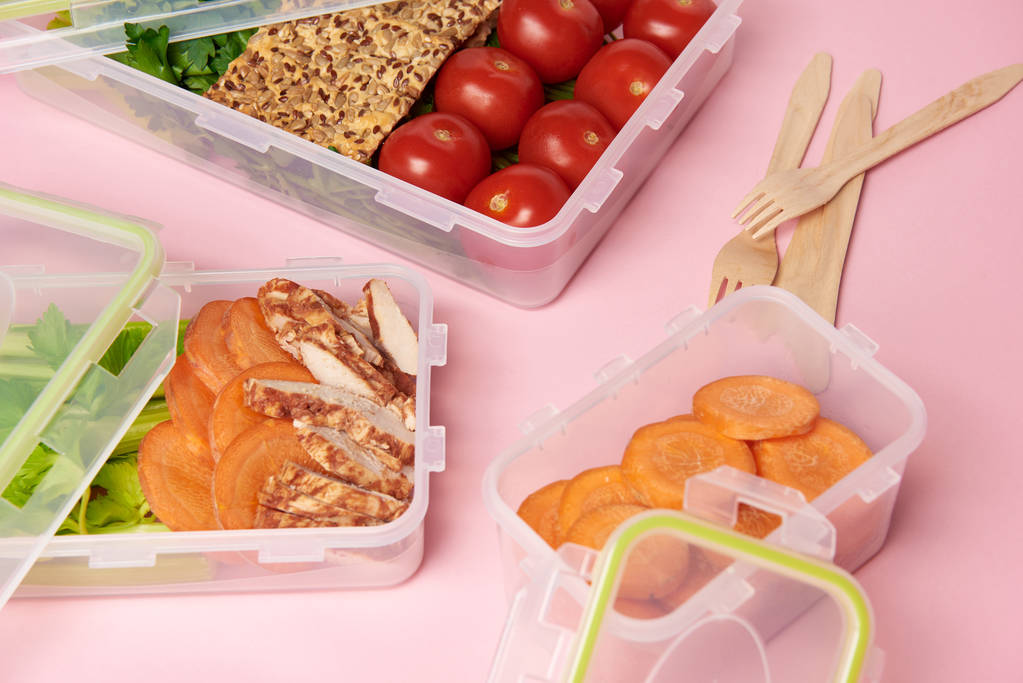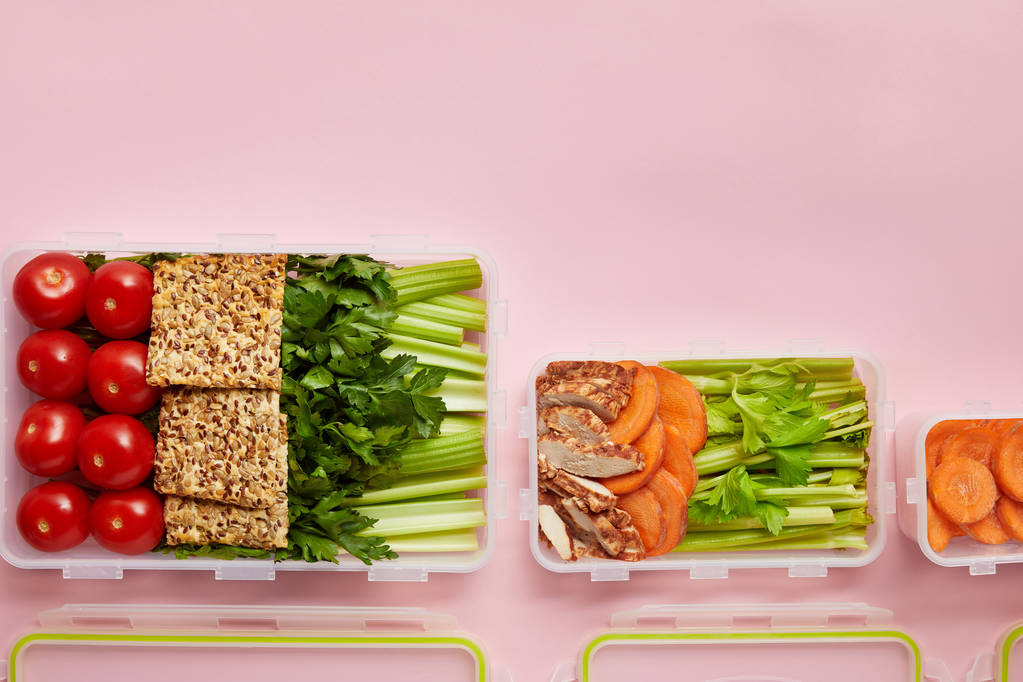Introduction: How to Prepare Moreton Bay Bugs with Garlic Butter
Moreton Bay bugs are sweet and delicate crustaceans that are commonly found in the waters of Australia. These bugs have a distinct flavor that is enhanced when they are cooked with garlic butter. Preparing Moreton Bay bugs with garlic butter is a simple and delicious way to enjoy this seafood delicacy.
To prepare Moreton Bay bugs with garlic butter, you will need to start by cleaning and preparing the bugs. Next, you will need to decide on a cooking method. Grilling and barbecuing are both excellent options for cooking Moreton Bay bugs. Once the bugs are cooked, they can be served with a delicious garlic butter sauce that complements their natural sweetness.
Grilling vs. Barbecuing: The Best Cooking Method for Moreton Bay Bugs
When it comes to cooking Moreton Bay bugs, you have two main options – grilling or barbecuing. Both methods are excellent choices, but they do have some differences.
Grilling is a quick and easy way to cook Moreton Bay bugs. To grill the bugs, simply brush them with olive oil and season with salt and pepper before placing them on a preheated grill. Cook for 5-7 minutes on each side until they are cooked through.
Barbecuing is a great option if you want to infuse your Moreton Bay bugs with a smoky flavor. To barbecue the bugs, you will need to place them on a skewer and cook over a charcoal fire. This method takes a bit longer than grilling, but the end result is well worth the extra time.
The Perfect Accompaniment: How to Make Delicious Garlic Butter for Moreton Bay Bugs
Garlic butter is the perfect accompaniment for Moreton Bay bugs. To make garlic butter, you will need to start by melting butter in a pan over medium heat. Add minced garlic and cook for 1-2 minutes until fragrant. Remove from heat and stir in freshly chopped parsley, salt, and pepper.
Once the Moreton Bay bugs are cooked, they can be served with a dollop of garlic butter on top. If you want to take the dish to the next level, you can also serve the bugs with a side of crusty bread to soak up the delicious garlic butter sauce.
In conclusion, Moreton Bay bugs with garlic butter are a delicious seafood dish that is easy to prepare, and perfect for any occasion. Whether you choose to grill or barbecue the bugs, they are sure to be a hit with your family and friends. So, why not give this recipe a try and discover the delicious flavors of Moreton Bay bugs with garlic butter for yourself?























